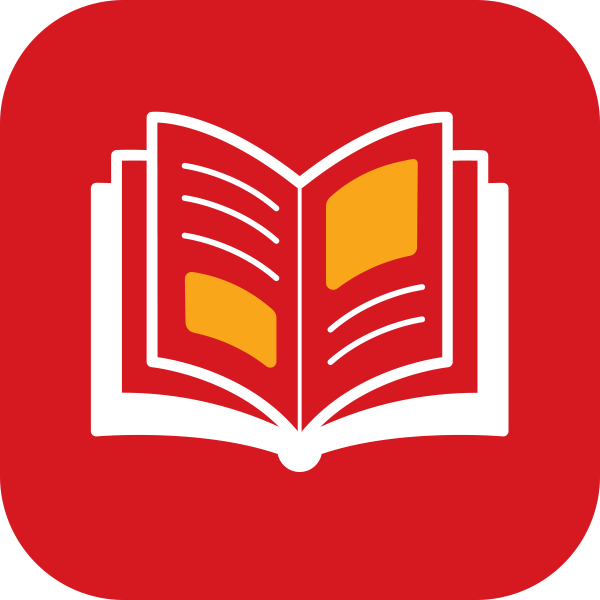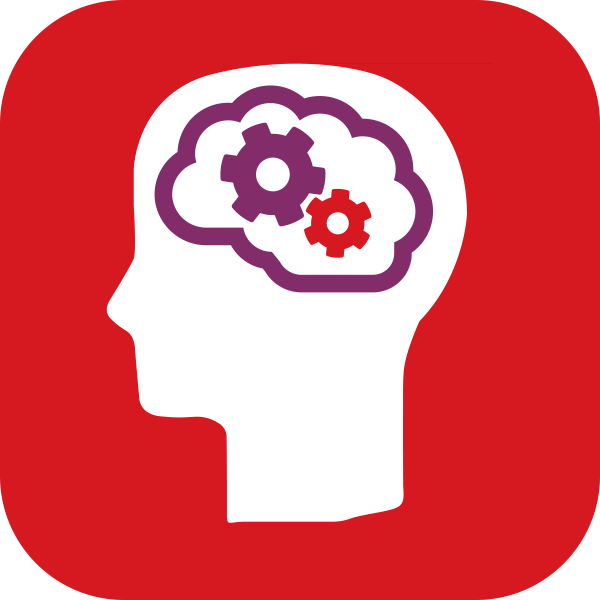Nord Anglia International School in Dubai teaches the UK and IB curriculum to a student body of over 1750 students encompassing over 76 nationalities. The primary school were looking for additional data to support their English curriculum modifications. Stephen Sharma, Deputy Head of Primary tells us more.
Supporting literacy provision
We used the New Group Reading Test (NGRT) forms A, B and C for our Year 5 cohort of 120 children. The NRGT A was used by our teachers to help map provision for children at all levels of attainment at the beginning of a school year; it gave us an accurate assessment of literacy ability and the assessment foci from the results included decoding, comprehension, inference & deduction as well as higher order reading skills.
We were able to use this information, alongside teacher assessment, to help us modify the curriculum to suit the needs of our children. Equally, we found that it was a useful tool to identify trends at cohort and class levels, as well as supporting gap analysis by subject leaders and at the start of a new academic year.
Measuring in-year progress
With the introduction of NGRT B, in Term 2, and NGRT C, at the end of Term 3, our teachers were able to measure in-year progress for children, giving us benchmarked data that we used alongside the CAT4 series to measure term-to-term progress and review attainment trends mid-year. We were able to review and evaluate the impact of reading support and provision for children of all abilities and adapt our teaching and learning to support the progress and attainment of all children.
By trialling the use of NGRT A-B-C series we came to the conclusion that NGRT could be an excellent diagnostic tool to support teachers to accurately measure the impact of reading provision for individual children and make curriculum modifications to accelerate progress before the end of the year. The data was shared with our Personalised Learning Team, Class Teachers and Leadership Team. It was used to inform personalised learning plans, to signpost learning needs and inform planning in the coming term.
Ensuring challenge for every readers
Our gap analysis of the three data capture points helped teachers to restructure and redirect the provision of reading in classrooms to fill gaps or build on areas of strength. We were able to work on strengths and weaknesses at cohort, class and individual levels; tracking trends in attainment of EAL children helped teachers to plan for inference and deductions skills in Term 2 and writers’ use of language in Term 3. Gifted and Talented, More Able and Emerging readers were quickly identified and challenged appropriately in lessons.
Teachers found that they were able to use the term-to-term analysis to personalise the challenge in their reading provision. Using CAT4 series alongside the NGRT, PTE and teacher assessments gave teachers benchmarked data to get an accurate measure of the progress and attainment of children in their care.
Conclusions
Here at NAS Dubai we will be implementing the tri-series of NGRT online reading tests for our children in our upper primary phase. We believe that our teachers, using a balance of formative and summative assessments, will then be well positioned to support children to exceed curriculum standards in reading.




